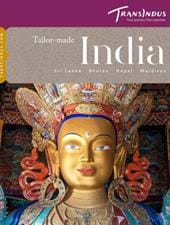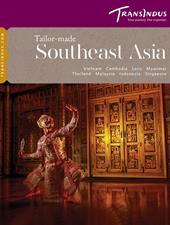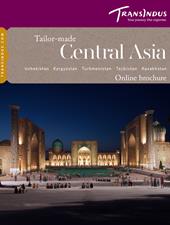Despite being one of India’s most historically significant and culturally vibrant cities, Ajmer attracts relatively few overseas visitors – which is one of the reasons we and our clients love it so much! The big draw here is the white-domed tomb of the revered Sufi saint, Khwaja Moin Uddin Chishti, which rose to prominence in the Mughal era.
Like Catholics visiting Lourdes or Fàtima, pilgrims come to the shrine in fulfilment of a vow, or to plead for intercession from ‘Khwaja Sahib’. The atmosphere is unique. On any given day, thousands of people stream through the towering arched gateways carrying offerings of flowers, incense and squares of gilt-edged, green cloth in baskets on their heads. Unlike in mosques elsewhere in the world, the women wear bright colours, and mood is joyful and inclusive, in keeping with the culturally tolerant and ecstatic brand of worship promoted by Sufis.
If you’re lucky your visit will coincide with a performance of Qawwali singing – this is among the few places in India where such music is still performed in its authentic context, and the experience is unforgettable.
Ajmer’s Other Monuments
While you are in the area, we recommend you make time to visit one of India’s first mosques, the Adhai din ka Jhonpura (late-12th century), just up the road from the Dargah. Its exquisitely sculpted pillars and domes originally formed part a medieval Hindu library, itself constructed from the remains of an even older Jain temple.
The city also holds a venerable Mughal-era Fort, where Emperor Jehangir held court lived in the early 17th century, and the ruins of the pre-Islamic citadel, the Taragarh, on a hilltop overlooking Ajmer. At sunset time, join the strollers on the banks of Ana Sagar Lake, where the Mughal rulers erected a trio of exquisite marble pavilions, or ‘baradaris’, for recitals of music and poetry in the summer months.
Video Inspiration
Experience the unique sights and sounds of Ajmer and its Dargah in our special video on the city!








